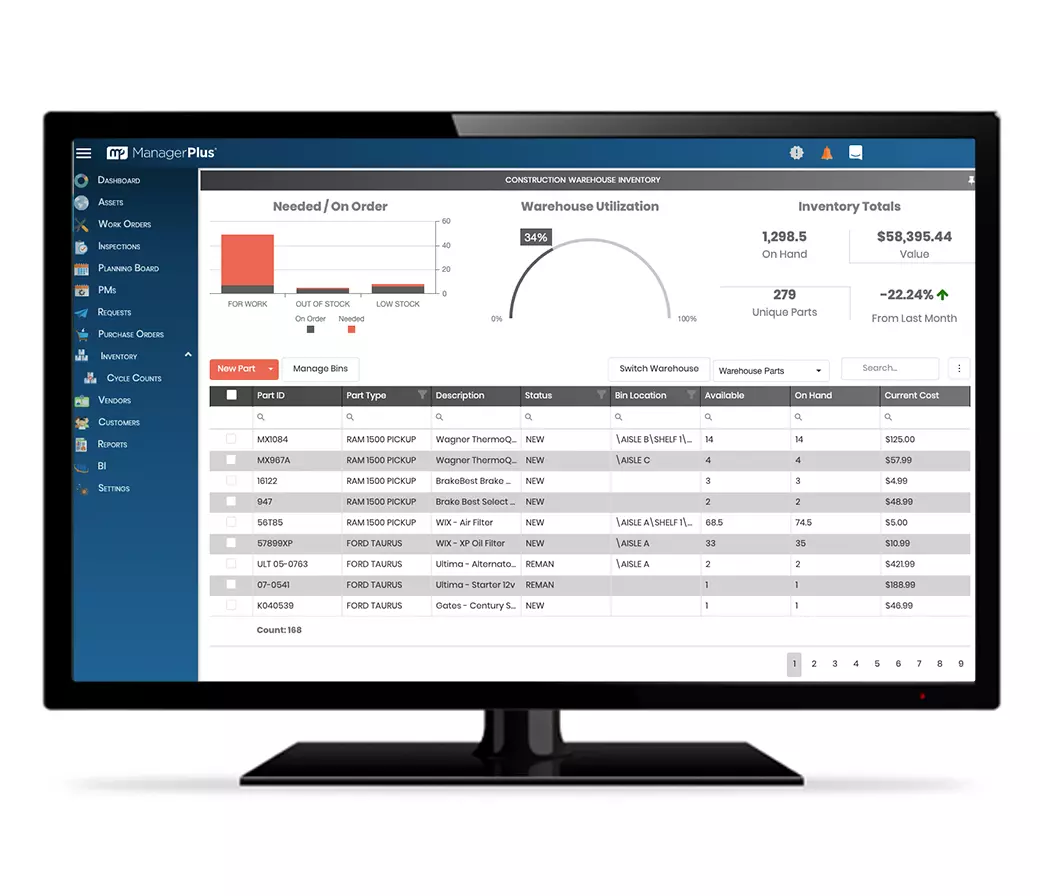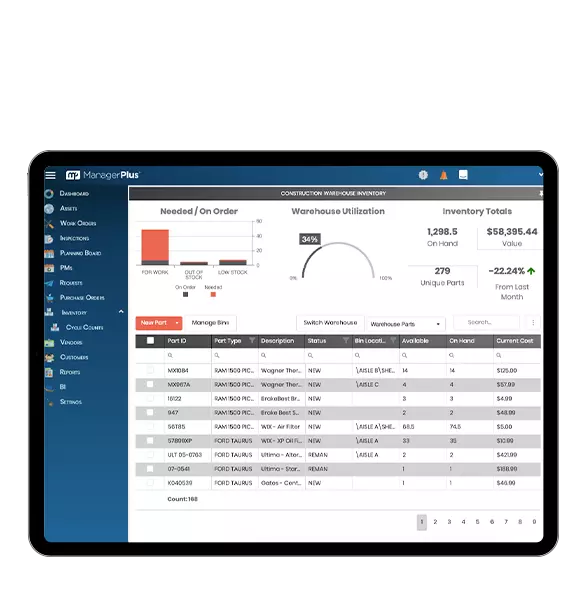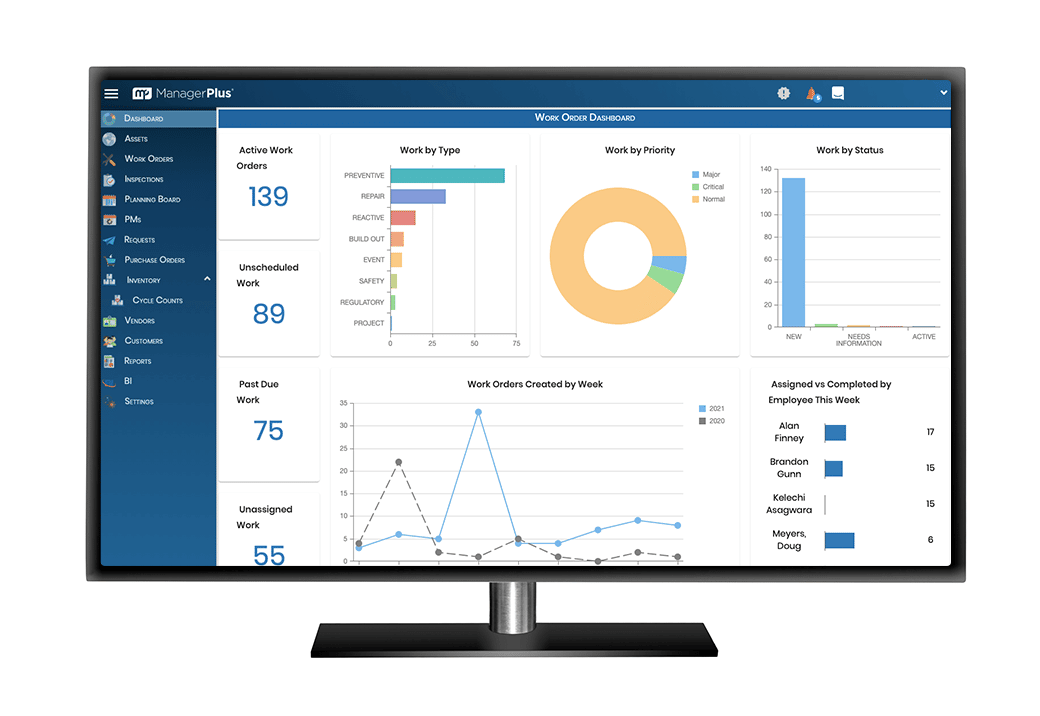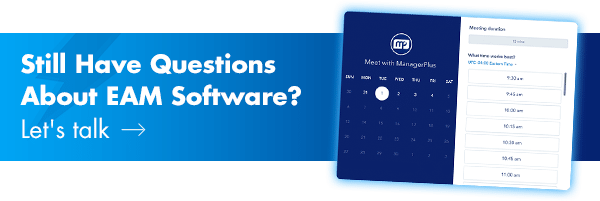As global supply chains tighten and weaken, organizations need to evolve both their internal processes and their relationships with third-party suppliers to better overcome new pressures.
Is your company set to thrive in this new environment?
How we got here: sources of recent global supply chain disruption
The global pandemic changed everything, likely forever. Instead of preparing to get back to the old normal, governments and businesses need to develop new sets of processes, including how they build and manage supply chains.
The economic disruptions caused by shutdowns in response to COVID-19 had a significant impact on global supply chains, not only creating new challenges, but also exasperating old ones.
During the previous U.S. presidential administration, several valuable trading relationships, most notably with China, became strained, affecting many of the supply chains that traditionally feed manufacturing, particularly steel.
The pandemic only made the situation worse as major manufacturing regions in China shut down to contain the spread of the virus. Tensions between China and much of the developed world have worsened over the past several months, tightening supply chains further.
There are new challenges at home as well. Investors, shareholders, and consumers are starting to demand that companies invest in greener partners and processes, pressuring companies to adopt new technologies.
What does this mean for you? Organizations must find new, better ways to build and mange their supply chains if they want to avoid disruptions.
There is a growing, pressing need for new ways of thinking and doing business.
Where we are now: current challenges in supply chain management
More countries and economies are beginning to remove pandemic-related restrictions, but global supply chain issues persist across industries.
Insufficient data
When manufacturing centers first shut down, many companies quickly realized both the complexity and fragility of their supply chains. Specifically, most knew who their Tier 1 suppliers were, the companies that directly supplied them with the parts they used, but they knew little to nothing about Tiers 2 and 3.
So, your Tier 1 supplier is the company that sells you work trucks. The Tier 2 supplier sold the parts the Tier 1 supplier used to assemble the truck, while the Tier 3 company mined and smelted the metal to make the parts to build the trucks.
Early on in the first shutdowns, many companies realized that they only had any sort of visibility on or understanding of their Tier 1 suppliers. In today’s connected industry, knowing what’s happening in your supply chain is half the battle.
Having not just more data, but more of the right data helps you see the coming trends and better prepare your organization for what’s to come. The right data can act as warning beacons helping you take shelter ahead of the big storm. And this is true of more than pandemics. Preparing yourself well for the current climate will help you better weather things like natural disasters, government sanctions, labor strikes, civil unrest, trade wars, and more.
And this is true of more than pandemics. Preparing yourself well for the current climate will help you better weather things like natural disasters, government sanctions, labor strikes, civil unrest, trade wars, and more.
While the pandemic has certainly been a catastrophic global event, recent events suggest that more disruptions are not far beyond the horizon.
Single-source supplier
It’s not uncommon for companies to try to work with as few suppliers as possible to cut costs, maintain and deepen relationships, and increase efficiency. But these companies, while reaping concrete benefits, also run the old-fashioned risk of putting all their eggs in one basket. Therefore, they need to invest in strategies for mitigation by diversifying their supply chains.
You can start by gathering as much data as possible on your assets and operations to get a better idea of how they are affected by suppliers. But data by itself is not enough. You need the right business intelligence software to analyze it to gain greater visibility into how your business is performing, discover potential issues, and properly plan and prepare for the future.
Lack of digitalization
Technology is transforming the way the world does business and the asset management industry can reap tremendous benefits from implementing the right technology. Enterprise asset management (EAM) software is a full-service, cradle-to-grave asset management solution to help companies gain deep visibility into their asset management and maintenance operations, including their supply chains.
While this technology is affordable and easy to use, many companies still rely on outdated methods such as paper and spreadsheets to manage their operations. Here, not only is your data almost always stale, but it’s also trapped in silos, preventing the cross-pollination you need to develop actionable insights. One of the best ways to protect yourself against supply chain constraints is to make sure you always have the most up-to-date data on your assets and that all your systems can communicate with each other. With a cloud based EAM software platform, your asset data talks to your inventory data so you know exactly when it’s time to order more parts, so you’ll have them on hand when it’s time for repairs. You can even incorporate supplier information, so you’ll have enough lead time to get parts in before you need them. If all of your information is siloed across spreadsheets and filing cabinets, it’s nearly impossible to stay out in front of supply chain constraints.
One of the best ways to protect yourself against supply chain constraints is to make sure you always have the most up-to-date data on your assets and that all your systems can communicate with each other. With a cloud based EAM software platform, your asset data talks to your inventory data so you know exactly when it’s time to order more parts, so you’ll have them on hand when it’s time for repairs. You can even incorporate supplier information, so you’ll have enough lead time to get parts in before you need them. If all of your information is siloed across spreadsheets and filing cabinets, it’s nearly impossible to stay out in front of supply chain constraints.
Nonoptimal inventory strategies
Inventory strategies have long been developed around historical demand to determine exact stock requirements. Strategies like just-in-time inventory management have been widely used across multiple industries from retail to manufacturing for decades but most of these strategies don’t account for unexpected disasters such as global pandemics that shut down supply chains.
Inventory management software helps you know what parts you have and where they are, and it can help you predict when you might run into supply issues and help you plan so you never face stock-outs.
Modern inventory management software allows you to set par levels, including safety stock levels, then collects data in real-time about your entire inventory across all your locations and automatically calculates a reorder point for you. When it’s time to reorder, you can quickly build and submit a purchase order from right within the platform.

Where you need to go next: supply chain solutions
If you haven’t already, you should consider taking some proactive steps to help prepare your company for the challenges ahead.
The best way to set yourself up for success is with an approach based on three primary goals:
- Diversity
- Flexibility
- Resilience
Ensure you have a range of reliable suppliers
One of the most common business strategies taught as businesses grow is to diversify. Essentially, it’s very difficult to survive in today’s economy with only selling one product or service. Just as it’s vital to have a range of products or services to sell, it’s critical that you ensure you have good relationships with a range of suppliers so you can keep your warehouse stocked.
This doesn’t mean you need to abandon your current relationships with suppliers. On the contrary, having deep, longstanding relationships with suppliers can give you greater visibility and help you anticipate and navigate supply issues when they arise. The point is that if the company you normally purchase from starts to be affected by supply chain issues, you have a host of other reliable suppliers you can work with.
Build flexibility into production processes
While you may not have much control over many aspects of your supply chain, you can control your production processes. A big part of navigating supply chain issues can be building flexibility into production. For example, you can develop the ability in your organization to quickly move production between your facilities by using interchangeable and generic parts wherever possible.
You could expand this even further to include similar designs and processes across entire facilities and cross-training employees to be able to seamlessly shift to other tasks when necessary, allowing you to respond quickly to supply disruptions by reallocating resources to where they are most needed.
Create a resilient supply chain
The best way to build a resilient supply chain is to operate with an outside-in mindset. The goal here is to anticipate demand and market issues as early as possible so you can respond and adapt accordingly. For example, you can anticipate upcoming end-of-life for critical parts by reviewing historical data on when the last version of the part was discontinued.
Building resilience isn’t about having a one-size-fits-all solution but rather about using the right tools to gather as much information as possible, so you can react and respond to changing conditions early enough to avoid expensive, potentially catastrophic disruptions.
Having the right tool makes all the difference
As with any job, you need the right tools in order to do the job effectively. When it comes to navigating the current supply chain challenges, the best tool for the job is enterprise asset management (EAM) software. EAM software helps you store and track all the most critical information related to your assets and operations, including maintenance and inventory. More importantly, it helps you analyze your data to better plan ahead.
EAM software helps you store and track all the most critical information related to your assets and operations, including maintenance and inventory. More importantly, it helps you analyze your data to better plan ahead.
Good EAM software is also based in the cloud, which means every piece of data within the software is always up to date and reliable, making it easy to track your inventory across every location you have and gives you instant updates on your stock levels, so you know when it’s time to order more.
As you track your assets and inventory, combining it with your supplier information, you can accurately predict upcoming bottlenecks in your supply chain and be better prepared to avoid problems.
Supply Chain Challenges Summary
Global supply chains could continue to face constraints for the foreseeable future, and the best way to protect your organization is by developing a diverse, flexible, and resilient supply chain. Step One is creating strong process to capture and leverage the right data. Enterprise asset management software helps you collect and analyze critical asset and inventory data so you can make informed decisions and prepare your company to navigate these unprecedented times.
Next steps
The first thing to do when looking to implement EAM software at your organization is to talk to the experts. Scheduling a live demo with ManagerPlus is the best way to see how EAM software can help your organization, looking specifically at your current challenges and our robust solutions.

